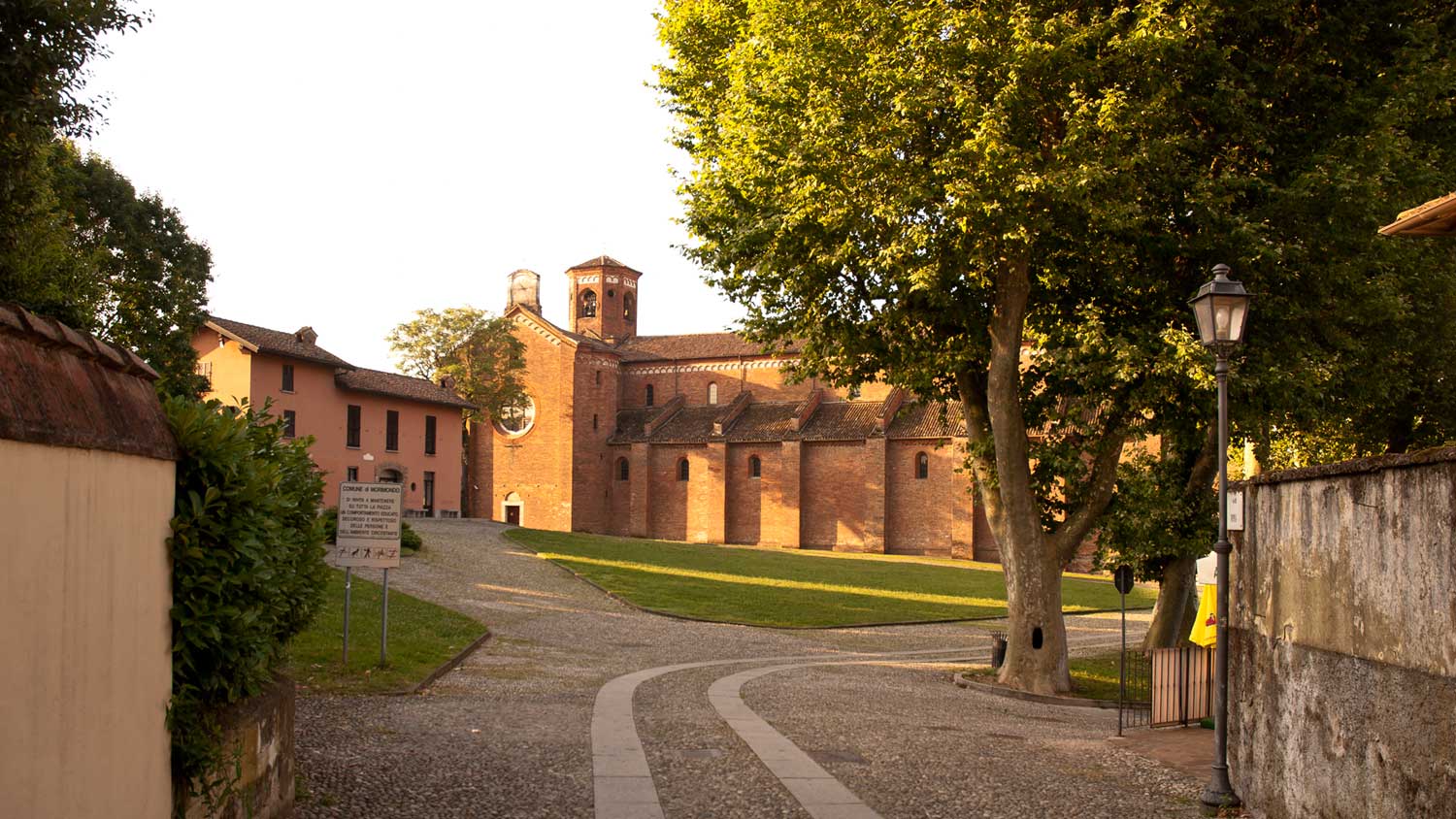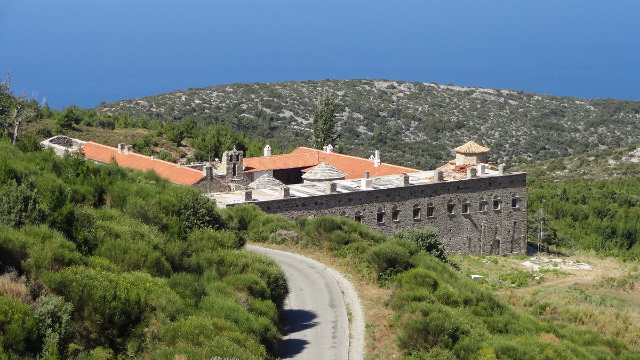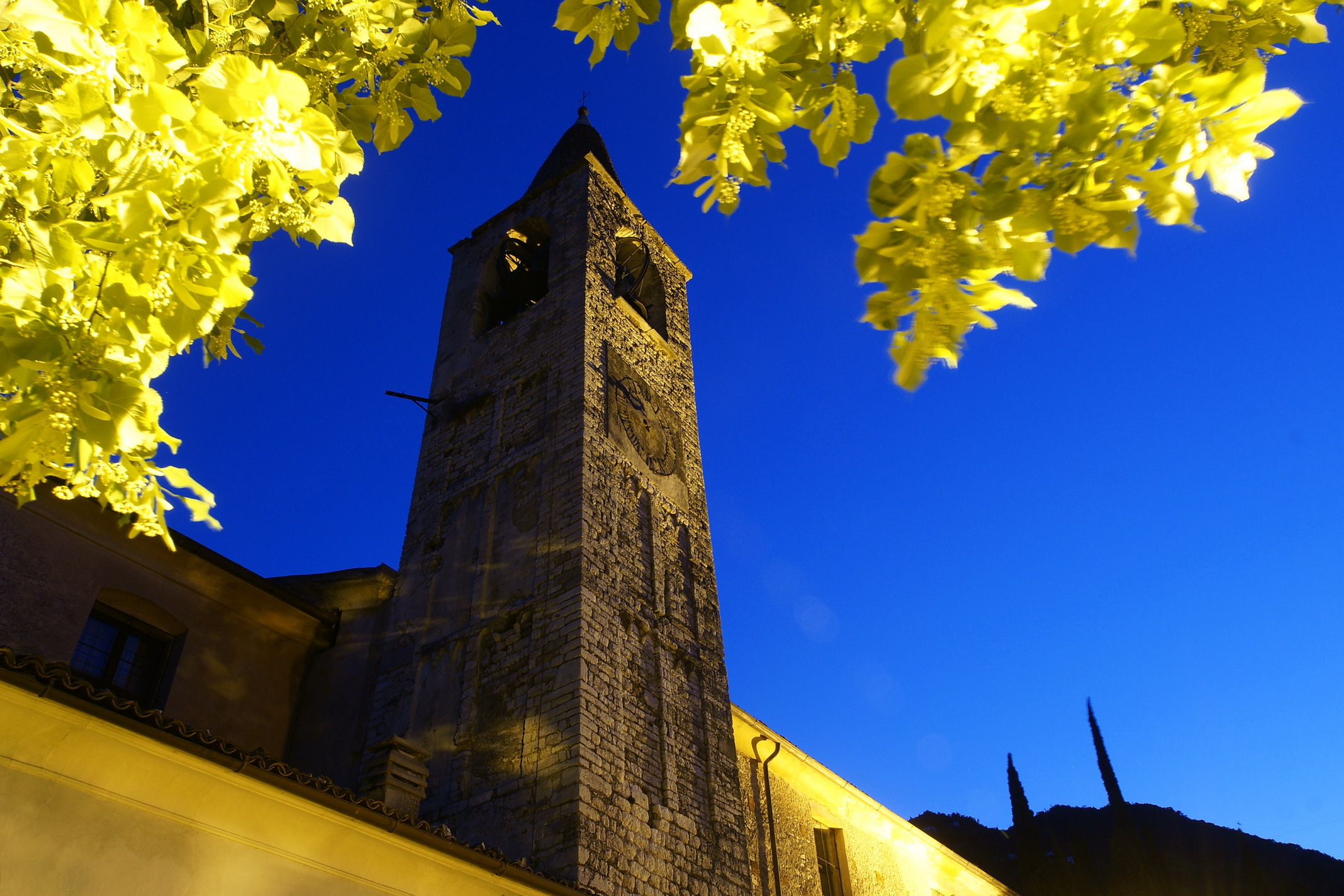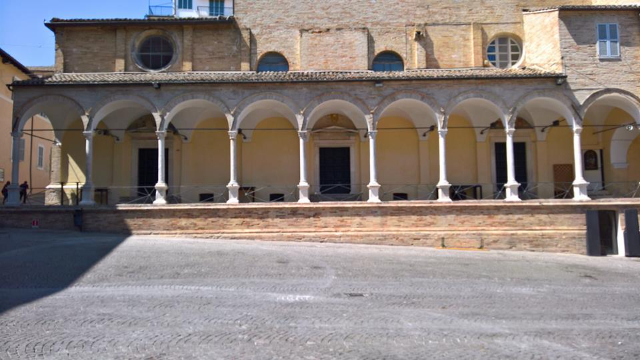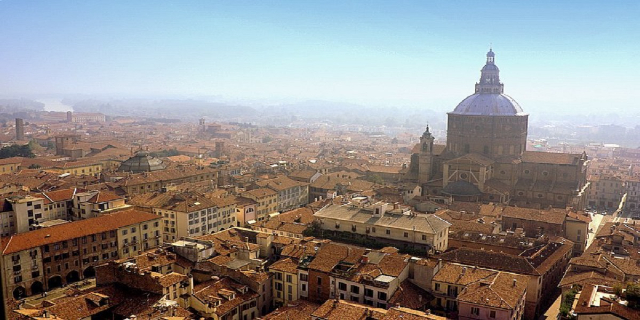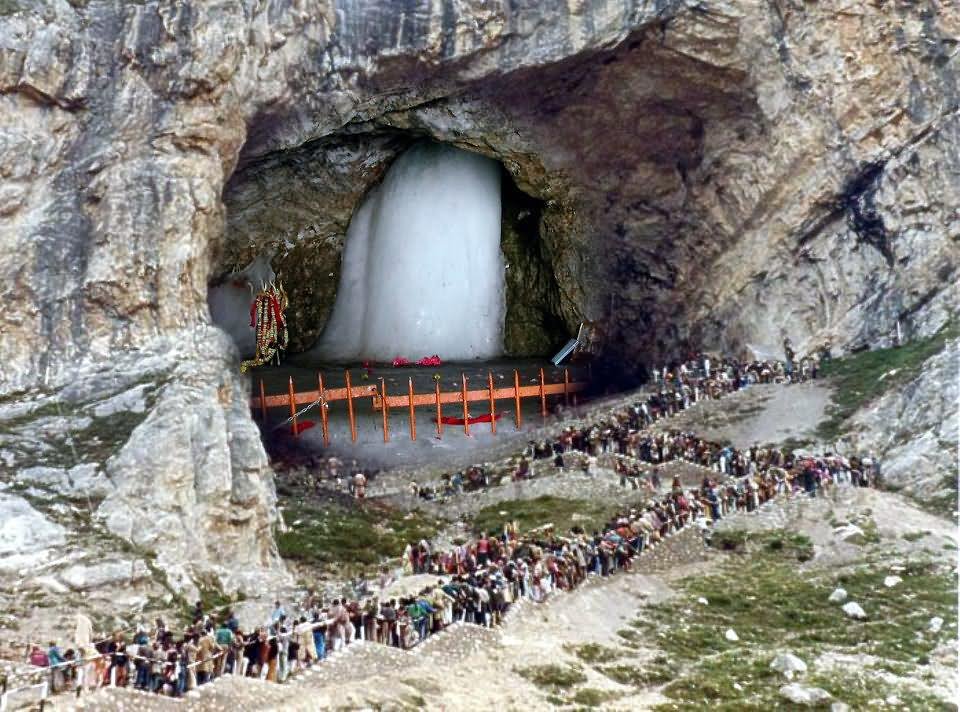The Abbey of Morimondo is a Cistercian abbey located a few kilometers from Milan, in Morimondo, on the border with the territory of Pavia. It’s a great place to spend a quiet afternoon outdoors, being also surrounded by a beautiful park.
The structure is also very fascinating and the association that manages it organizes various events and interesting guided tours to discover its history.
The Monastery of Morimondo, a name that means "to die to the world", that is "to live as a resurrected person", was founded in 1134 in Coronate, a place that still exists at about one kilometre from the abbey, by monks coming from the Cistercian monastery of Morimond in France. Together with the abbot Gualchezio (Gualguerius) arrived Gualtiero, Ottone, Algisio, Guarnerio, Arnoldo, Enrico, Frogerio, Pietro, Bertramo, Petrus Niger and other monks whose names are unknown.
In 1136 they moved to "Campo Falcherio", the present site.
In a short time the monastery acquired importance and welcomed numerous vocations from all social classes; even before the construction of the church, the monks of Morimond founded two other communities: in 1143 Acquafredda (Como) and in 1169 Casalvolone (Novara).
A remarkable and eloquent sign of the wealth of vocations is testified by the flourishing activity of the scriptorium. Also from the agricultural point of view there was a notable expansion with a large number of granges, oratories and mills spread over a territory of about 3,200 hectares in the 13th century, two thirds of which were cultivated fields and one third woods.Unlike the traditional Cistercian and Benedictine buildings, the monastery of Morimondo is built on four levels clearly visible on the eastern side and is built on a depression.
Its construction was interrupted several times because of the numerous sacks that the monastic community suffered, first by German troops in 1161, then in 1237 by the Pavese. It was finished only in 1296.
Around 1500 the cloister was rebuilt, the portal of the sacristy was rebuilt, and the fresco of the "Madonna col Bambino" attributed to Luini in 1515 and the wooden choir in 1522 were created.One of the aspects that differentiates Morimondo from other Cistercian abbeys in Lombardy is, in fact, the presence of pointed vaults with a rectangular base that increase the upward thrust of the structure. The colour of the bricks gives a sense of warmth and welcome. A closer and deeper look reveals the many asymmetrical volutes: the mullioned windows of the façade are not centred, the capitals of the columns of the nave are all different, the arches on the right are more markedly Romanesque, with cross vaults, while the arches on the left are more markedly Gothic, with only two cross vaults, lower and with brick ribs, and so on.
